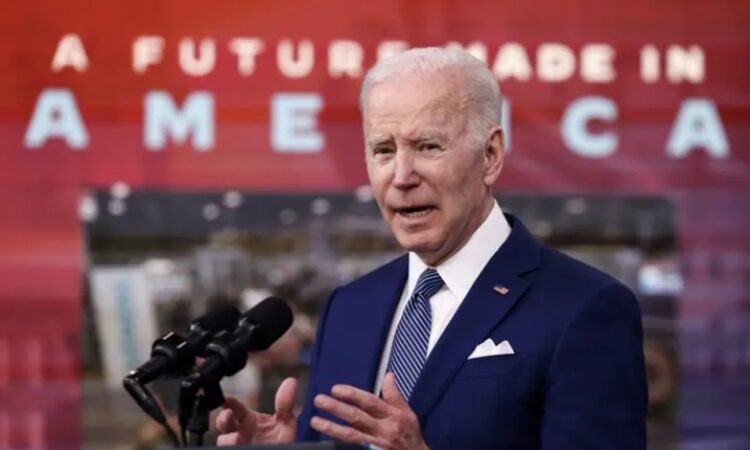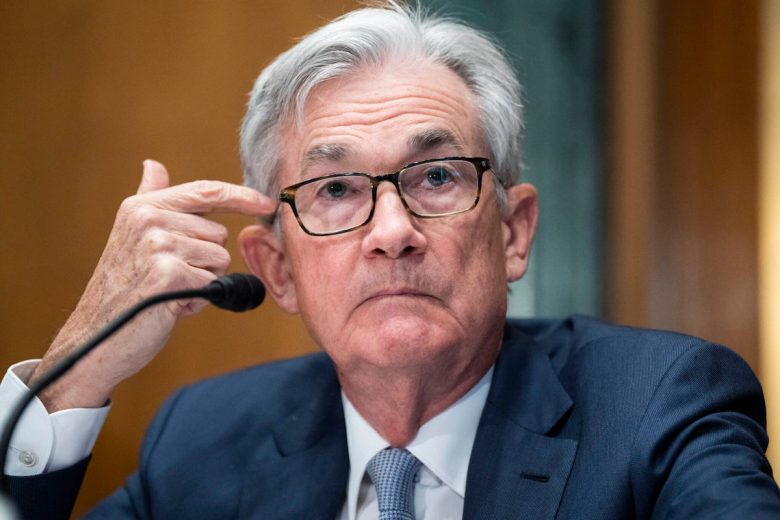
Forces inherited from 2022 shaped the US economy in 2023 — high but falling inflation, rising interest rates, neo-protectionist industrial policy, conflict with China, empty trade initiatives and the resurgence of former US president Donald Trump.
From an Asian perspective, the macro impact of US economic policy was benign and the micro impact was adverse, but security guarantees were welcome.
Political gridlock in Washington, with closely divided House and Senate numbers in Congress, is overshadowing economic events. Extreme positions advocated by right-wing Republicans and left-wing Democrats make agreement on significant legislation difficult.
Neither the Democratic Party nor the Republican Party is willing to advocate painful expenditure cuts or tax increases that would curtail high budget deficits, now running at 6–7% of GDP. The United States is traveling an unsustainable fiscal path.
Measured by the Consumer Price Index, annual inflation peaked at 9.1% in June 2022, slowing to 3.2% in November 2023. Owing to Russia’s invasion of Ukraine, price inflation spurted during the first half of 2022.
That spurred wage inflation, fostered by an unemployment rate under 4% through 2023. In 2024, the Federal Reserve’s biggest decision is how long to keep monetary conditions tight to ensure that inflation returns to the preferred 2%.
Chairman Jerome Powell retired “transitory” from the Federal Reserve’s description of inflation in November 2021. He initiated a sustained rise in the federal funds rate, from 0 in January 2022 to 5.25–5.5% in July 2023.

Powell’s goal was to reach the 2% inflation target, even at the cost of more unemployment. Yet, there was no slowdown in the US economy during 2023.
Instead, Wall Street and Main Street relished the “soft landing” scenario. With inflation above 2%, the mantra for interest rates became “high for longer,” and yields on 30-year US Treasury bonds reached 5% in October 2023 before retreating. Sustained high interest rates aimed to quell inflation, but skeptics forecast a mild recession in 2024.
Early in 2023, several regional banks collapsed due to significant unrealized losses on their Treasury bond portfolios as interest rates rose. The Federal Reserve served as the lender of last resort, enabling troubled banks to borrow against the face value of Treasury bonds, containing the crisis.
Yet, many regional banks now grapple with distressed commercial real estate loans as the Covid-19 pandemic work-from-home trend continues to amplify office vacancies. This could trigger another regional bank crisis in 2024.
Elevated US interest rates appreciated the dollar against most currencies throughout 2023. Consequently, Asian countries paid more, in local currency terms, for US exports, but they also earned more from exports to the United States. Additionally, sustained US GDP growth attracted imports from Asia.
Some Asian central banks raised their interest rates, but Asian share markets did not particularly suffer. Between December 2022 and October 2023, Japanese equities appreciated 18%, South Korean 10% and Taiwan 16%, while Chinese, Singaporean and Australian shares ended the year roughly flat.
Towards the end of 2023, the expectation of falling US interest rates in 2024 slightly reduced the broad dollar exchange rate.
In his February 2023 State of the Union address, US President Joe Biden proclaimed Buy America as a core policy without addressing the cost of this policy for taxpayers or US allies. The new reality hit Asian partners in 2023 with the implementation of significant multi-year industrial policies.
The five-year US$1.2 trillion Bipartisan Infrastructure Act of 2021 — funding highways, bridges, railways, high-speed internet and electric vehicle charging stations — mandated that every federal dollar procure US goods and services.
The $278 billion CHIPS and Sciences Act of 2022 subsidizes the semiconductor industry with $78 billion over five years. Funds are equally available to foreign firms, attracting Samsung and Taiwan Semiconductor Manufacturing Company to build large fabrication plants in the United States. Europe and Japan are now compelled to offer subsidies to stay in the semiconductor race.
The $394 billion misnamed Inflation Reduction Act of 2022 added neo-protectionism to climate-friendly initiatives. Battery and electric vehicle subsidies hinge on their production in the United States or a free trade agreement partner country. Responding to Japanese and South Korean complaints, special workarounds were designed to accommodate their export interests.
Slow-motion decoupling was 2023’s policy theme. US Secretary of the Treasury Janet Yellen and National Security Advisor Jake Sullivan tried to distinguish between de-risking and decoupling, but that was wordplay to Chinese ears.

Advanced semiconductors — whether made by US or allied Asian firms — became forbidden exports and numerous Chinese companies were blackballed on the US Department of Commerce’s “entity list.”
The November 2023 Biden-Xi Summit focussed on setting guidelines to avoid military conflict but produced no commercial breakthroughs. Since Asian countries trade more with China than with the United States, they will try to sit on the fence.
Despite criminal indictments and civil trials, opinion polls put Trump in a strong position for the 2024 election. In addition to the disruptive geopolitical consequences of a second Trump presidential term, amplified “America First” policies – starting with a 10% across-the-board tariff – would echo the disastrous Smoot-Hawley tariff of the 1930s.
Gary Clyde Hufbauer is a non-resident Senior Fellow at the Peterson Institute of International Economics.
This article was originally published by East Asia Forum and is republished under a Creative Commons license.






